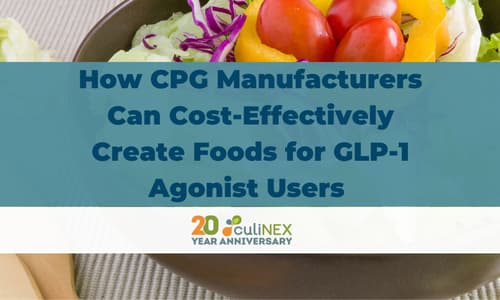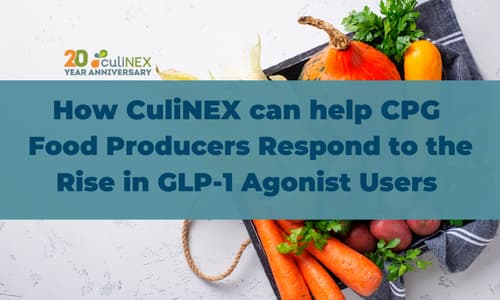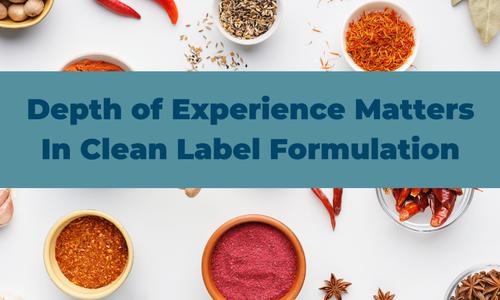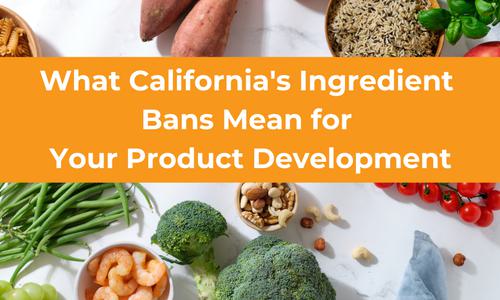
Over the past few months, ultra-processed foods (UPFs) have moved from the margins of academic debate into the center of U.S. public health and policy conversations. The Department of Health and Human Services (HHS), the USDA, and the FDA have begun to focus on UPFs in earnest — and it looks like this will culminate in guidance updates, possibly even new regulatory frameworks, in the near future.
At the same time, the Non-GMO Project has announced a new “Non-UPF Verified” certification, and the NIH continues to publish research exploring the links between food processing and health outcomes.
Taken together, these developments suggest we’re at a true inflection point — one that could reshape how we think about product development, labeling, and what “clean label” means in 2026 and beyond.
Where Things Stand Now
1. The science is maturing — and public pressure is growing.
Dozens of new studies have linked higher UPF intake to increased risks of obesity, metabolic disease, and cardiovascular issues. While much of this research is observational, it’s gaining traction in both the scientific and political communities. Consumers, meanwhile, are increasingly aware — and concerned — about “how processed” their food is, not just what’s in it.
2. Regulators are stepping in.
HHS, USDA, and FDA recently issued a Request for Information to help establish a unified definition of “ultra-processed.” This is a clear signal that federal agencies are preparing for policy action — perhaps via updates to the Dietary Guidelines for Americans or future labeling initiatives.
3. Certification is evolving.
The Non-GMO Project’s new “Non-UPF Verified” seal could be the first of several programs designed to measure and market processing transparency. If consumer adoption mirrors what we’ve seen with “non-GMO” and “clean label” movements, this will have wide-ranging effects on formulation, supply chains, and brand strategy.
What This Means for the Food Industry
For food companies and innovators, especially those of us focused on clean label and better-for-you products, this moment feels familiar — but also different.
At CuliNEX, we’ve spent years helping brands minimize unnecessary processing while still achieving shelf stability, food safety, and great sensory quality. But the emerging UPF conversation shifts the goalposts. It’s not just about removing “bad actors” like artificial flavors or chemical preservatives. It’s about the degree and intent of processing itself — extrusion, fractionation, restructuring, and other techniques that fundamentally alter food matrices.
That raises tough questions for every corner of the food system:
How will “processing level” be defined and measured in a way that’s practical, science-based, and fair?
What happens when convenience and affordability collide with “less processed” ideals?
Will new definitions disadvantage certain food formats — like snacks, beverages, or plant-based alternatives — that rely on more complex processes?
And how do we ensure equity in access to healthier, less-processed foods without driving up cost or limiting innovation?
Preparing for What’s Next
This is a moment for the industry to move from observation to preparation. A few steps we’re encouraging our clients and partners to consider:
Map your portfolio against likely UPF criteria — identify high-risk formulations or categories.
Engage R&D and regulatory teams early — reformulation takes time, and definitions are evolving fast.
Evaluate ingredient partners and processes — supply-chain transparency will become even more critical.
Consider your messaging carefully — claims around “processing” will need both integrity and precision to avoid consumer confusion or greenwashing.
Final Thought
At CuliNEX, we’ve always believed that better food is possible — that innovation and integrity can coexist. The growing focus on ultra-processed foods reinforces that belief. Whether the coming months bring new guidelines, labeling systems, or certification standards, one thing is clear: processing is about to become the next frontier in clean label.
The question for all of us in the food industry is simple:
Are we defining this future — or waiting for it to be defined for us?








